

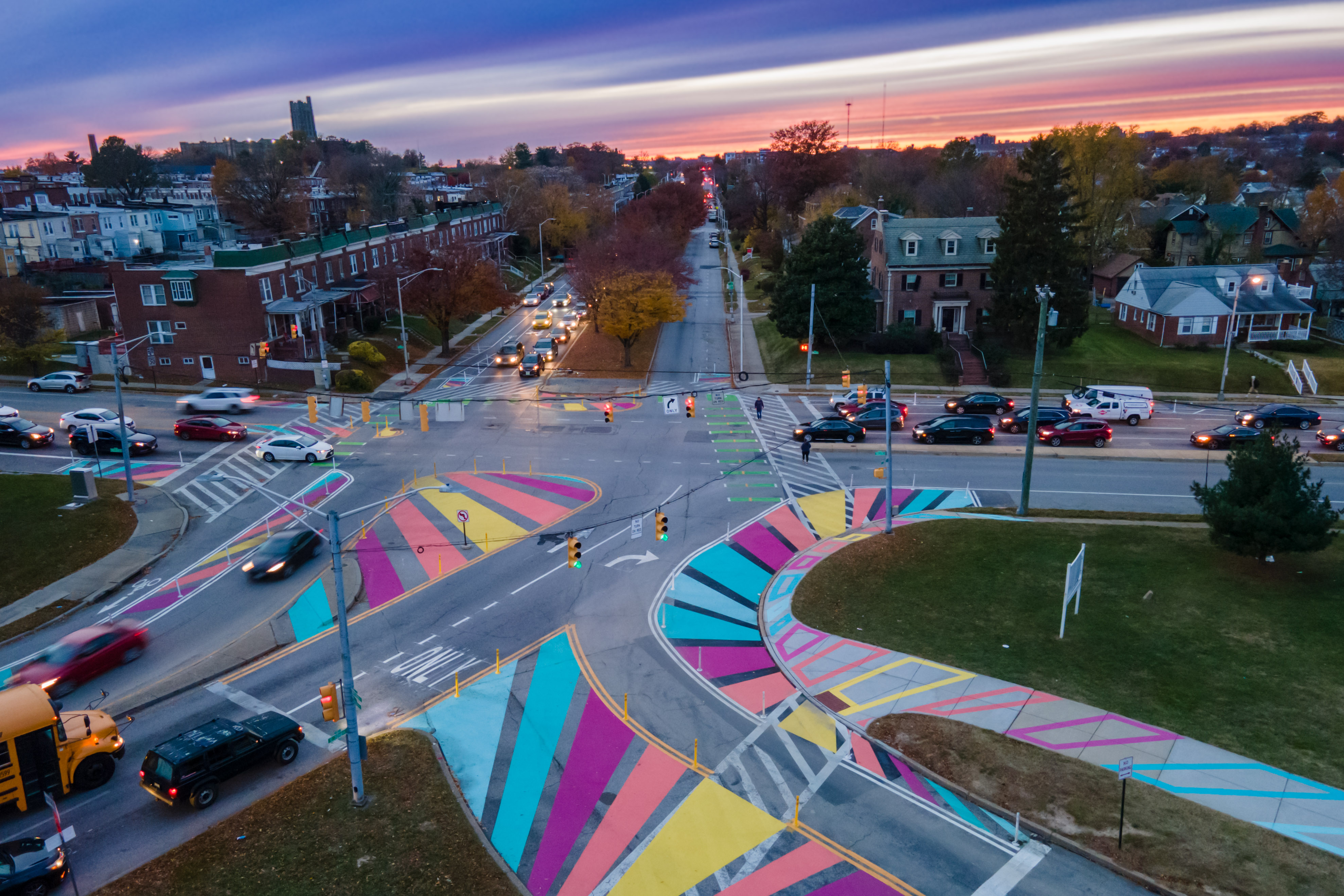 Art in the Right-of-Way can be paired with DOT’s quick-build traffic calming program.
Art in the Right-of-Way can be paired with DOT’s quick-build traffic calming program.
To install a Placemaking Project in your community, submit your project designs and documents here.
What is the DOT Community-Led Placemaking Program?
The Baltimore City Department of Transportation (DOT) allows community organizations to implement creative projects in Baltimore City’s roadways, sidewalks, alleys, and other areas maintained by DOT. Creative projects in DOT’s Right-of-Way (ROW) can help to beautify Baltimore neighborhoods, calm traffic, and increase public space for pedestrians. Placemaking projects are funded by the applicant. Projects may include:
***IMPORTANT*** If new traffic calming elements such as bump-outs, crosswalks, flex-posts or striping are part of your project, the traffic calming elements must be installed prior to the implementation of the art. There are two ways to install traffic calming elements:
Projects pursued under DOT’s Community-Led Placemaking Program include: (1) Paint in the Right-of-Way, (2) Greening, (3) Planters and Barriers, (4) Signage, (5) Parklets, and (6) Special Projects. Submit all project requests through our Community-Led Placemaking Program Application which can be found at the end of this page.
For a step-by-step guide on how to plan and implement a project in DOT’s Right-of-Way, please review the Made You Look Toolkit created by the MICA Center for Social Design. The referenced project in this guidebook is "Paint in the Right-Of-Way", but the toolkit contains information and guidance that is applicable for all types of projects.
For neighborhoods that need pro-bono design assistance, the Neighborhood Design Center may be able to assist you. Apply for pro-bono assistance.
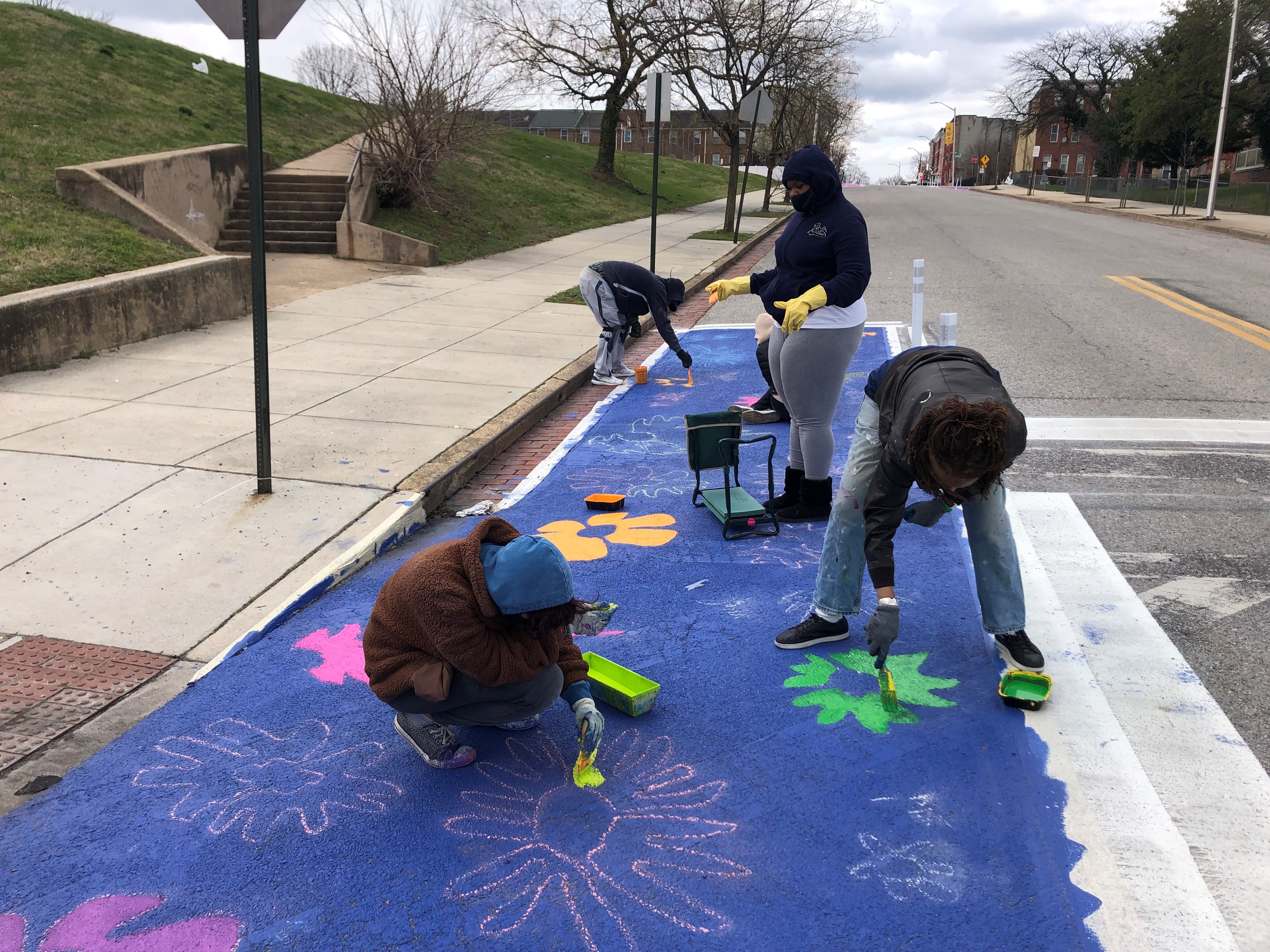
This project in Johnston Square was developed following MICA’s Made You Look Toolkit for Art in the Right-of-Way.
Types of Community-Led Placemaking Program projects:
1. Paint in the Right-Of-Way
Painted designs are permitted in existing crosswalks, sidewalks, alleys, bump-outs, and other locations maintained by DOT where approved. Applicants are not permitted to paint designs that incorporate words or political messages, and all designs are subject to approval by DOT.
All Paint in the Right-of-Way projects will require either a Special Events Permit or Block Party Permit. The Special Events Permit is needed for any artwork taking place at an intersection, while the Block Party Permit is for artwork on sidewalks or in the middle of a block.
Paint must also be pre-approved by DOT. Pre-approved paints include:
Locations in which organizations may paint include:
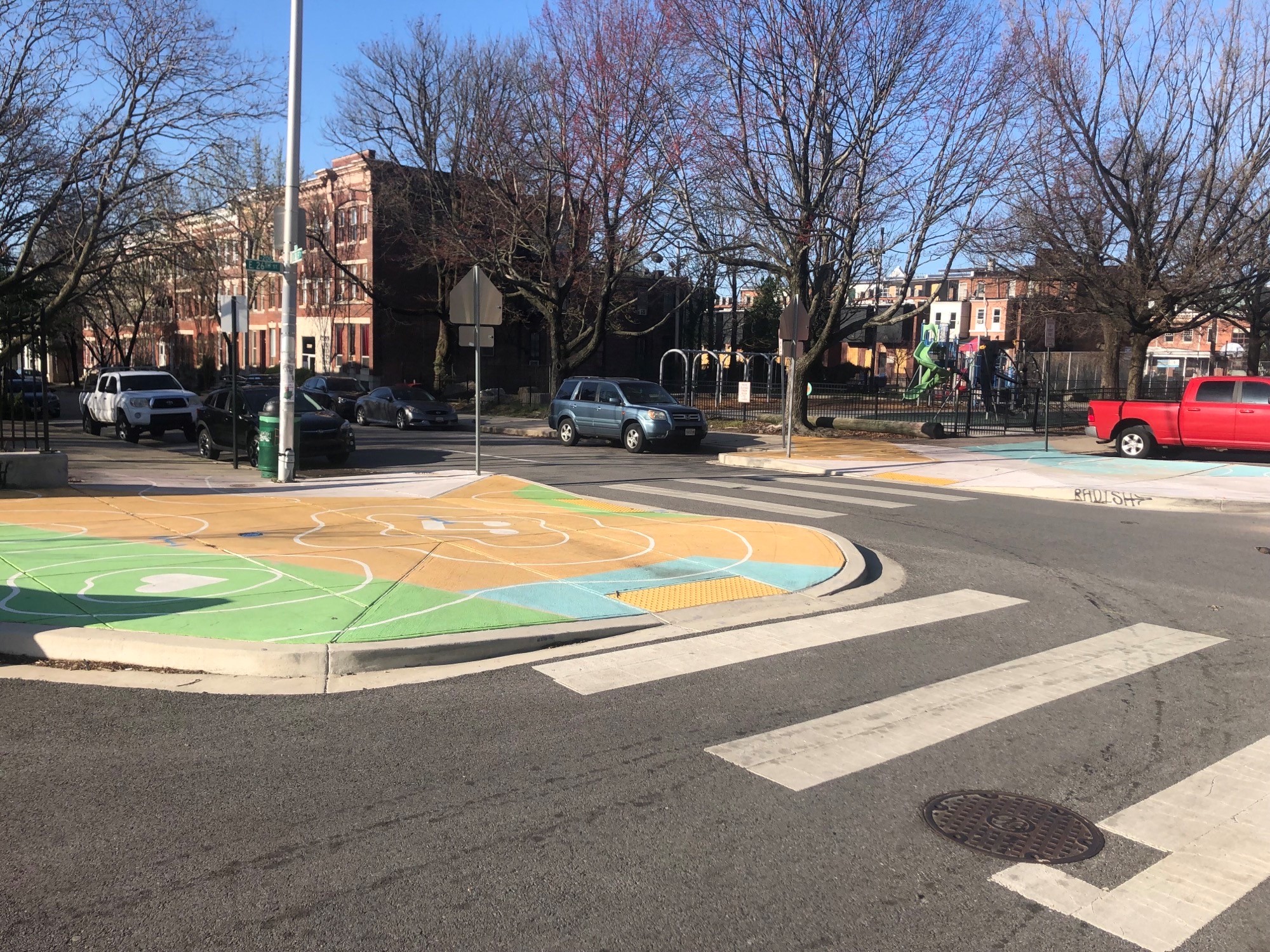 Art in the Right-of-Way is used near a school and playground at 26th and Calvert Streets.
Art in the Right-of-Way is used near a school and playground at 26th and Calvert Streets.
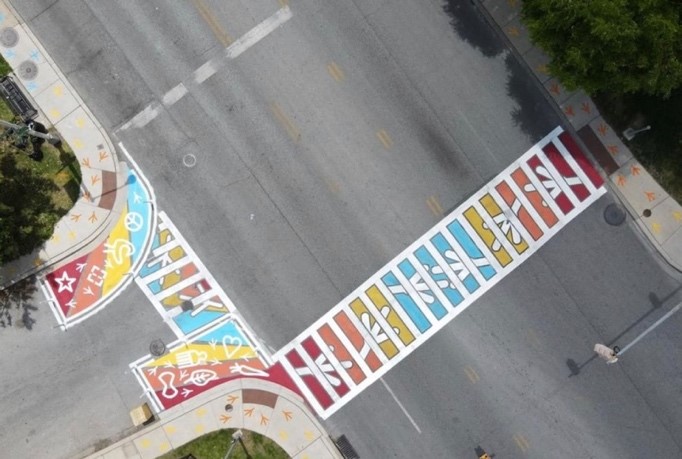
photo credit: Instagram @Grahamprojects
For saltbox and traffic signal box artwork, you may apply for a Temporary Use of Right-of-Way permit from the Baltimore City Department of Transportation Right-of-Way Services. Please include the type of paint and a rendering of your design with your application. Complete the application for Temporary Use of a Right-of-Way.
2. Landscape Plantings
Greening is a process that enables trees, shrubs, flowers, and other landscape materials to enliven Baltimore City’s public realm. Landscaping projects are encouraged for:
Landscape material selection shall ensure that plantings at mature size will not block sight distance, block signs or traffic lights, or overgrow into utility lines, sidewalks, or streets. Applicants will be responsible to install and maintain landscaping. Before installation, applicants must coordinate with Miss Utility to confirm the earthwork will not disturb any underground utilities.
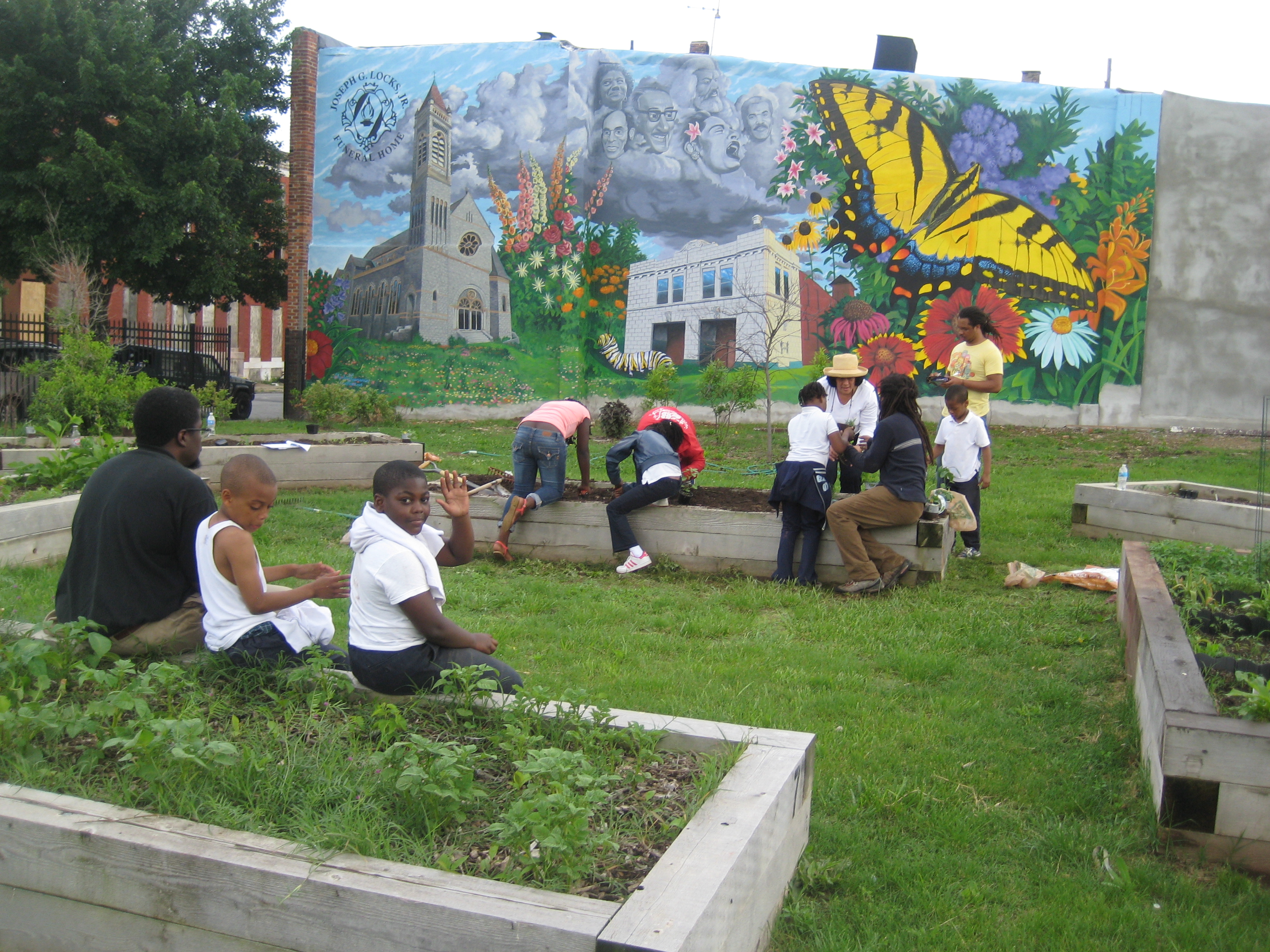 Community gardening and landscaping can bring generations together and add beautiful greenspace in Baltimore.
Community gardening and landscaping can bring generations together and add beautiful greenspace in Baltimore.
3. Planters and Barriers
DOT permits planters and barriers to be placed in the roadway for traffic calming or to aid in the protection of pedestrian and bicycle spaces. All planter and barrier installations will require a Special Events Permit. Example planters and barriers may include:
Many of the above-listed planters and barriers also have the opportunity for additional artistry and beautification. For example, jersey barriers can incorporate planter boxes and murals. All requested planters and barriers, with accompanying designs, materials, and locations, are subject to review and approval by DOT. Applicant organizations will be responsible for any ongoing maintenance of their project.
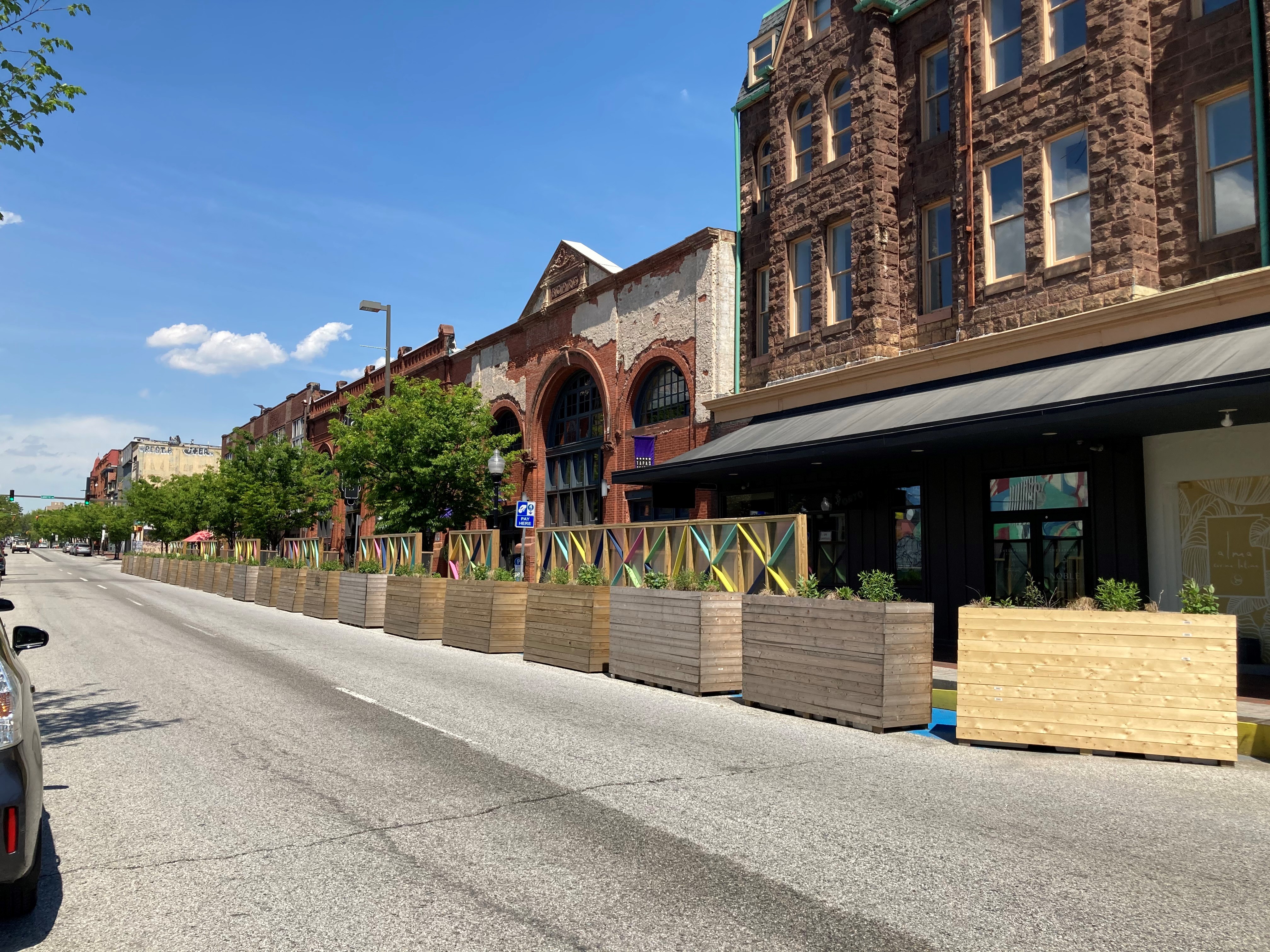 Planters and traffic barriers can be used to protect parklet spaces within the roadway.
Planters and traffic barriers can be used to protect parklet spaces within the roadway.
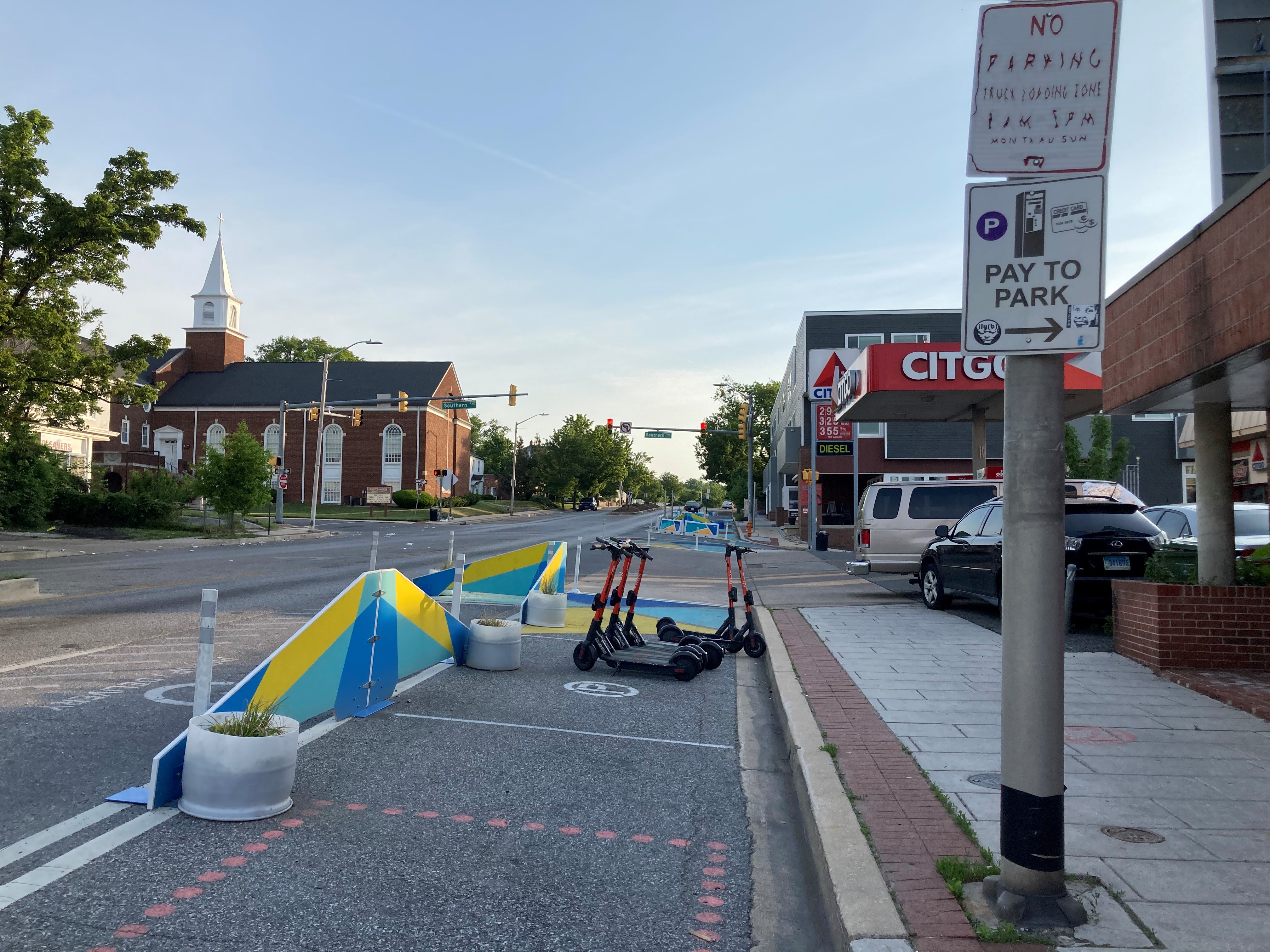 Planters and colorful barriers can help delineate spaces separate from the travel lanes.
Planters and colorful barriers can help delineate spaces separate from the travel lanes.
4. Signage
Signs play a positive role in the aesthetics of the neighborhood and make it easier to identify surroundings. Some of our neighborhoods may be interested in installing special signage. DOT has processes in place to facilitate the installation of:
Additionally, DOT requires that all pole-mounted or standing signs installed under this program fall under one of the following categories:
Applicants seeking to facilitate the installation of non-vinyl banner signs should complete the Placemaking Programs application. Depending on the type of sign, a permit or Right-of-Entry Agreement may also be required. Please email us if you have questions about your type of signage and required permits or other permissions.
Educational signage can be used to highlight cultural or environmental resources in the community.
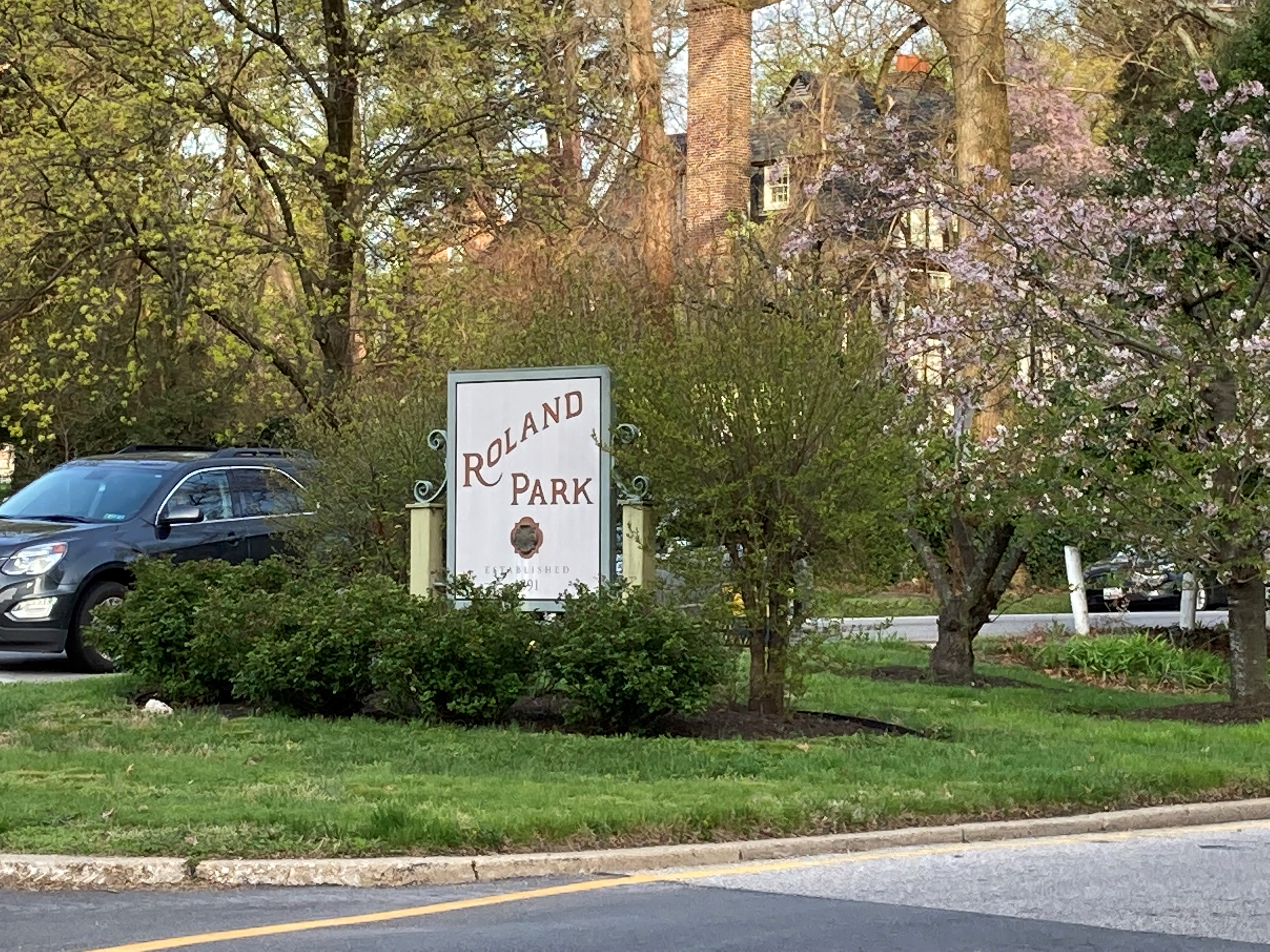 Community Gateway Sign in a roadway median
Community Gateway Sign in a roadway median
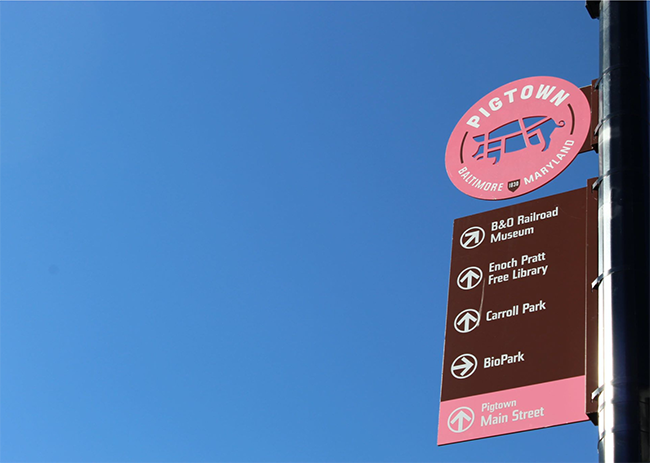
Photo Credit: Instagram @PigtownMainSt
5. Parklet
Parklets are temporary installments of public space within on-street parking areas. Parklets can transform street parking into vibrant and usable spaces that foster relationships between communities and businesses. They are ideal for areas with a high volume of foot traffic, mixed uses, and areas that require additional pedestrian amenities. These amenities may include seating, greenery, lighting, and bicycle parking. Oftentimes these mini-parks become crucial assets to communities with limited public space.
Please note that all parklets must be accessible to the public. For private businesses who wish to convert parking spaces to outdoor seating or other amenities, you will need to apply for a permit through DOT's ROW department. Non-commercial applicants who wish to request installation of a parklet can do so using the Placemaking Programs application. Depending on the site and project, a permit or Right-of-Entry Agreement may also be required. Please email us if you have questions about required forms and permits.
Within DOT, the Planning Division will provide guidance and technical assistance to community partners interested in sponsoring a parklet. Community partners may include community associations, BIDs, local businesses with frontage, local non-profits, and school PTAS/PTOS. The applicant will be responsible for funding, maintaining installing, and operating the parklet. All applicants must have commercial liability insurance in order to sponsor this kind of project.
Applicants are encouraged to consult with design professionals such as a licensed architect, engineer, or landscape architect for the execution of the parklet. Please refer to the Parklet and Plaza Design Manual for additional information.
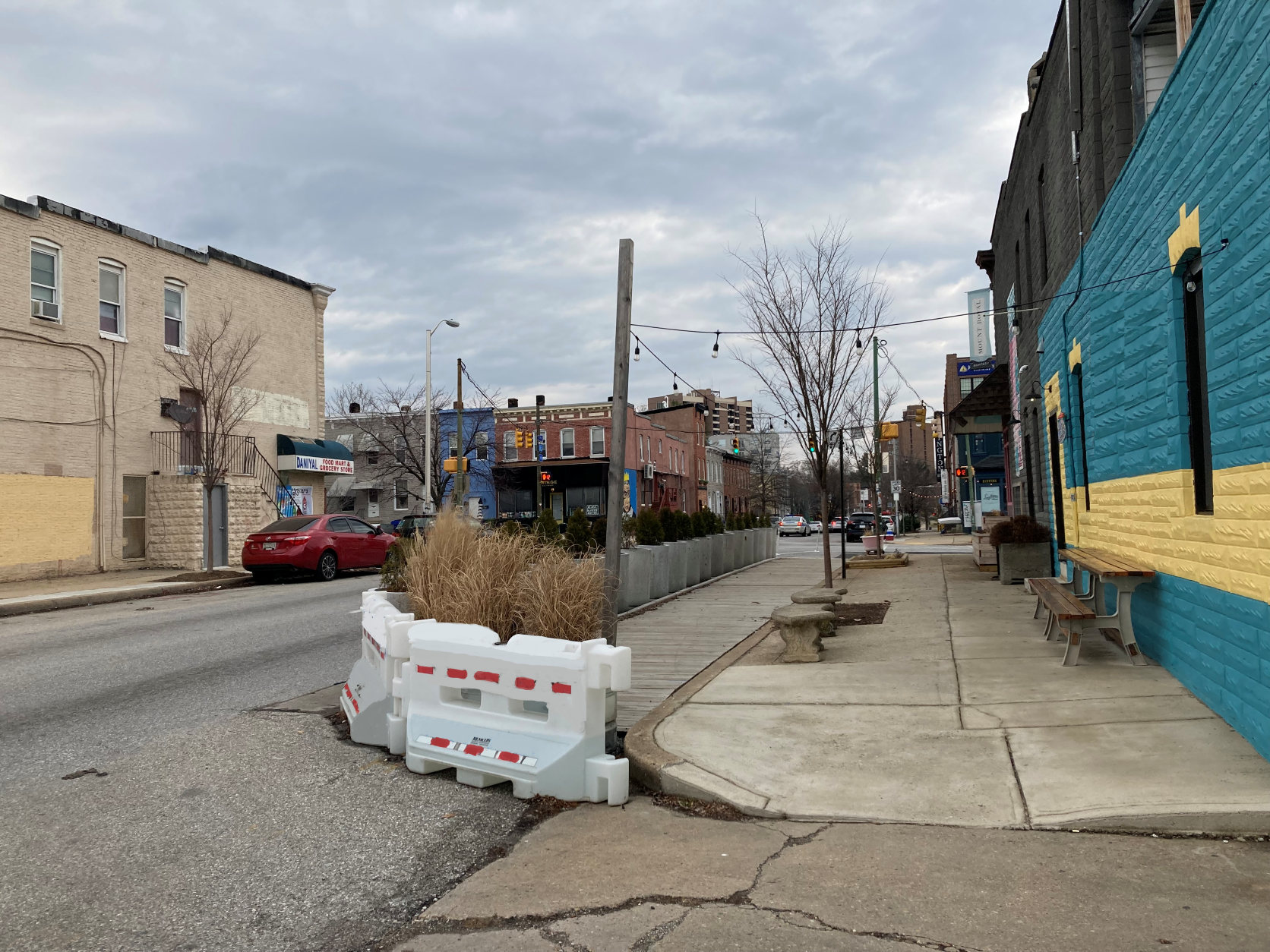
Parklets can provide additional space for pedestrian safety and enliven the sidewalk area while also helping to calm traffic.
6. Special Projects
Occasionally, neighborhoods may be interested in implementing special projects in the right-of-way. Such projects may be allowed after special consideration by DOT. In the past, special projects have included plazas, specialized lighting, and art installations. Organizations that wish to implement special projects may need commercial liability insurance.
Plazas are ways of recapturing under-used space for pedestrian activities. They are subject to many of the same design and citing criteria as parklets. Interested applicants will work with DOT to determine the appropriate size, shape, and composition of the plaza. Please consult the Parklet and Plaza Manual for preliminary guidance.
For any special project inquiries, please email us.
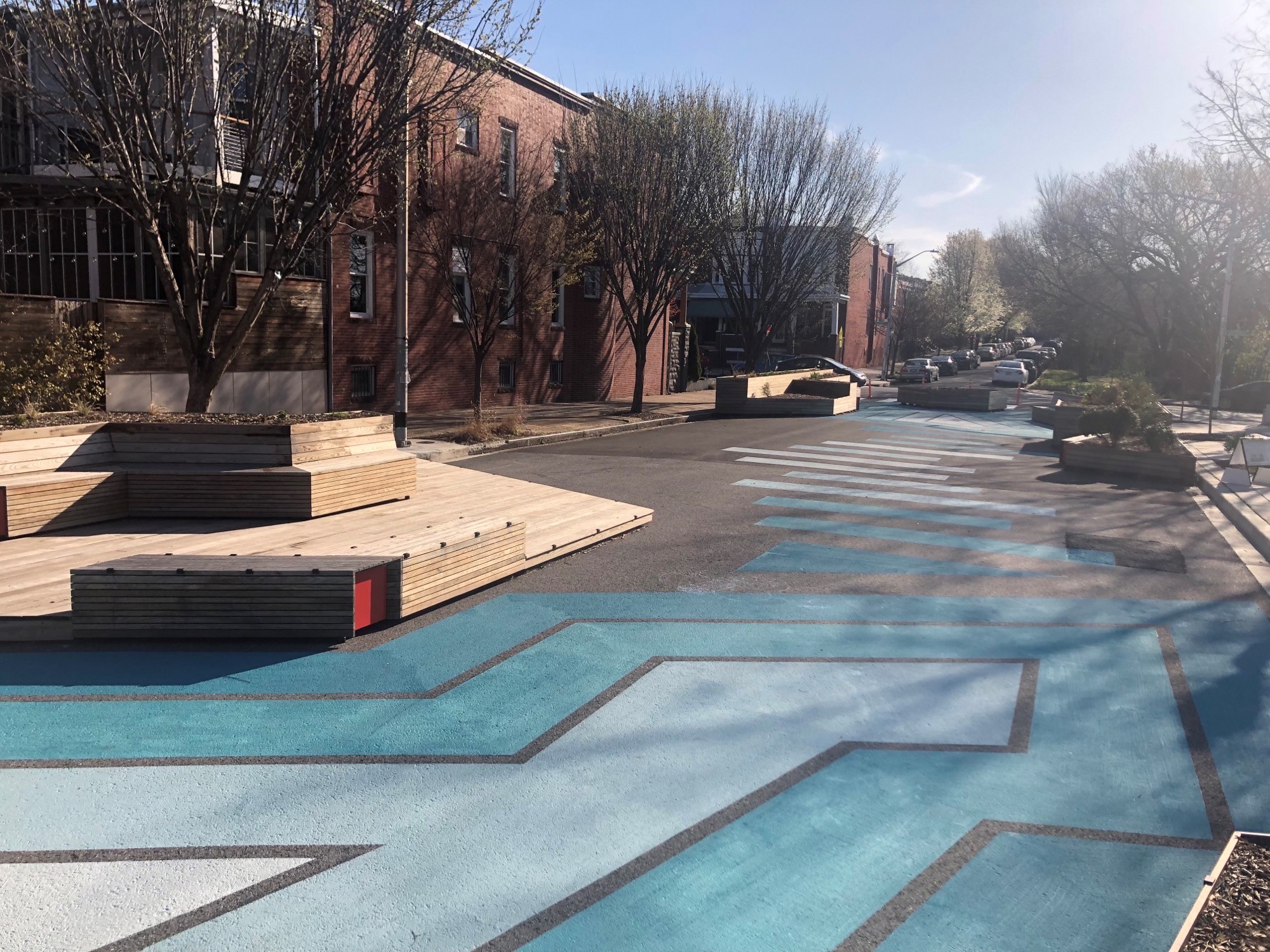 Plazas can transform the street into a vibrant community space.
Plazas can transform the street into a vibrant community space.
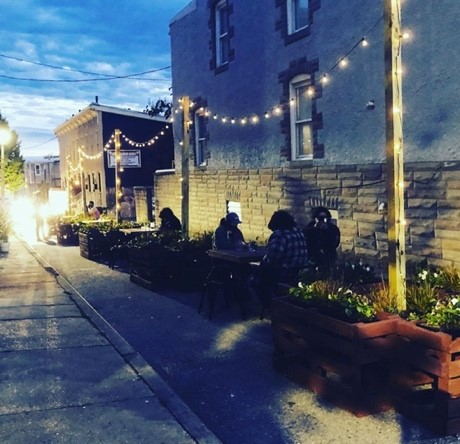
Photo Credit: Instagram @MobtownBallroom
Projects will not be approved under the following circumstances:
All requests must include:
Project Approval
When an application is accepted, a memorandum of agreement will be issued to document agreements and the approved scope of work, time frame for implementation and duration of the project, maintenance requirements, and any special considerations as needed.
To install a Placemaking Project in your community, submit your project designs and documents here.